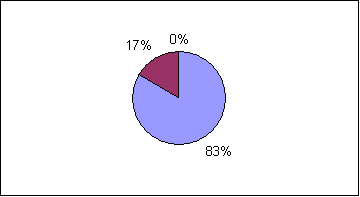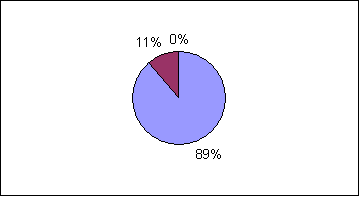Educational research
This work was realized during my PGCE (post-graduate certificate in education) course, when I was teaching in English secondary schools. The title of this research is:
Misconceptions in science education
Results
In total 90 students have participated of this research: 30 year 9 students, 32 year 7 students, 10 year 10 students , 12 year 11 students and 6 university students (3 PG and 3 UG).
Most of the misconceptions investigated were not present in this group of students. Others were present at year 7 or 9, but they had completely disappeared by year 10 or 11 .
Selected Results:
The space between particles is full of air
| Y9 | Y10 | Y11 |
 |
 |
 |
To keep an object moving, a force must be kept on it
| Y7 | Y9 |
 |
 |
| Y10 | Y11 |
 |
 |
Objects stop moving when their forces run out
| Y7 | Y9 |
 |
 |
| Y10 | Y11 |
 |
 |
An animal cell is as small as an atom
| Y7 | Y9 |
 |
 |
| Y10 | Y11 |
 |
 |
An insect(such as a bee) is an animal
| Y7 | Y9 |
 |
 |
| Y10 | Y11 |
 |
 |
Humans are animals
| Y7 | Y9 |
 |
 |
| Y10 | Y11 |
| no data |  |
Plants take their biomass from the soil
| Y7 | Y9 |
| no data |  |
| Y10 | Y11 |
 |
 |
Non living things can exert forces
| Y7 | Y9 |
| no data |  |
| Y10 | Y11 |
 |
 |
A compass needle is a magnet
| Y7 | Y9 |
 |
 |
| Y10 | Y11 |
 |
 |
A magnet attracts any metal
| Y7 | Y9 |
 |
 |
| Y10 | Y11 |
 |
 |
Plants consume carbon dioxide during the day and oxygen during the night
| Y7 | Y9 |
| no data |  |
| Y10 | Y11 |
 |
 |
Electrical current is the same as electrical energy
| Y9 | Y10 | Y11 |
 |
 |
 |

